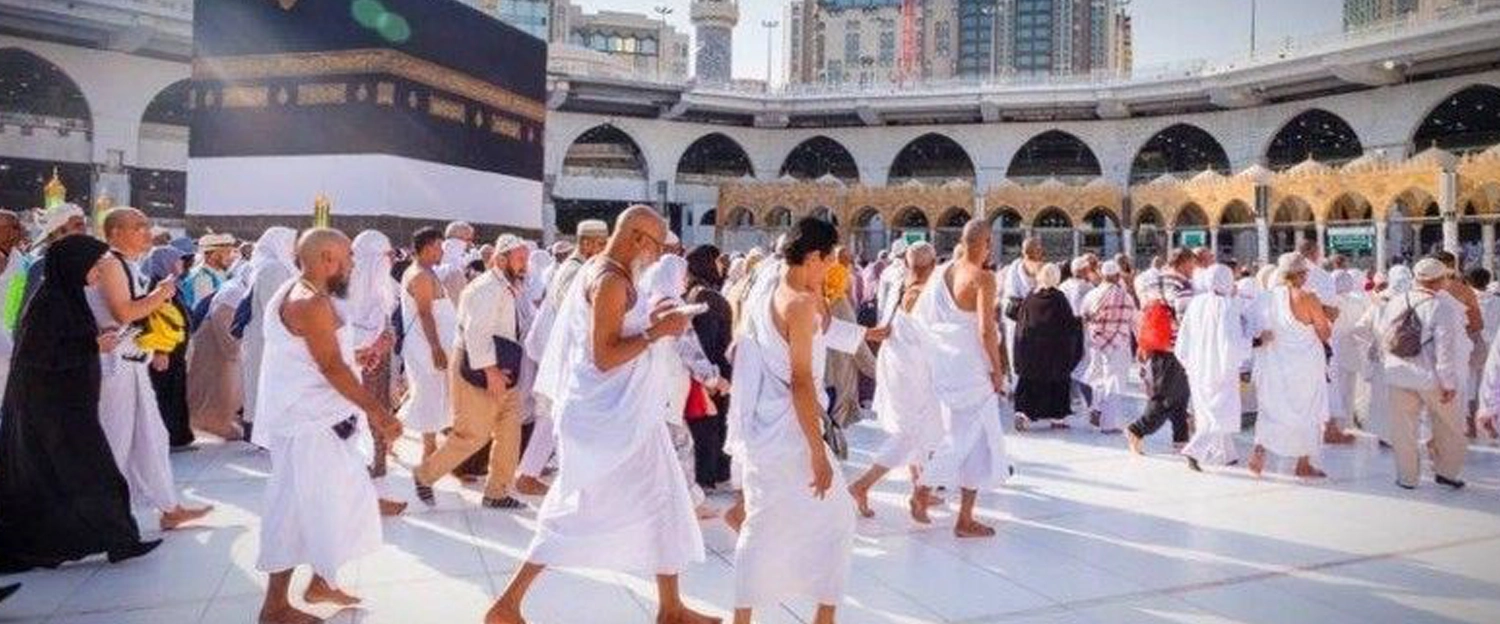
Performing Hajj, one of the five pillars of Islam, is a profound spiritual journey undertaken by Muslims who are physically and financially able to do so. It involves several rituals performed over specific days in the month of Dhu al-Hijjah, the 12th month of the Islamic lunar calendar. Here’s a general guide on how to perform Hajj:
- Entering the state of Ihram: Similar to Umrah, Hajj begins with entering the state of Ihram, a state of ritual purity and dedication. Men wear two unstitched white sheets of cloth while women wear their usual modest clothing. Before entering Ihram, perform Ghusl (ritual purification) and recite the intention to perform Hajj.
- Travel to Mina: On the 8th of Dhu al-Hijjah, leave for Mina, a tent city located a few kilometers away from Mecca. Spend the night in Mina, engaging in prayer and reflection.
- Travel to Arafat: On the 9th of Dhu al-Hijjah, proceed to the plains of Arafat after sunrise. This is the main day of Hajj, known as the Day of Arafat. Stand in supplication and worship, seeking forgiveness and mercy from Allah. Stay in Arafat until sunset, engaging in prayers, recitation of the Quran, and remembrance of Allah.
- Travel to Muzdalifah: After sunset on the Day of Arafat, proceed to Muzdalifah, where you’ll pray Maghrib and Isha prayers combined. Collect pebbles here for the symbolic stoning ritual.
- Stoning of the Jamarat (Ramy al-Jamarat): On the 10th of Dhu al-Hijjah (the Eid al-Adha day), return to Mina and perform the symbolic stoning of the three pillars representing Satan. Throw seven pebbles at each of the three pillars, reciting “Allahu Akbar” (Allah is the Greatest) with each throw.
- Animal Sacrifice (Qurbani): After stoning the Jamarat, perform the ritual animal sacrifice if applicable. This commemorates Prophet Ibrahim’s willingness to sacrifice his son Isma’il as an act of obedience to Allah. The meat of the sacrificed animal is distributed among the needy.
- Shaving or Trimming the Hair: After performing the sacrifice, men traditionally shave their heads or trim their hair, symbolizing the completion of the major Hajj rites. Women trim a small portion of their hair.
- Return to Mecca for Tawaf and Sa’i: After completing the rites in Mina, return to Mecca to perform Tawaf (circumambulation) around the Kaaba and Sa’i (walking between Safa and Marwa). These rites signify the completion of the Hajj pilgrimage.
- Optional Acts: After completing the obligatory rites, pilgrims may perform additional acts such as visiting the Prophet’s Mosque in Medina or engaging in further prayers and supplications.
Throughout the journey, maintain a state of humility, patience, and devotion, remembering the significance of each ritual and seeking forgiveness and mercy from Allah. It’s essential to follow the guidance of knowledgeable individuals and observe proper Islamic etiquette and respect for fellow pilgrims.